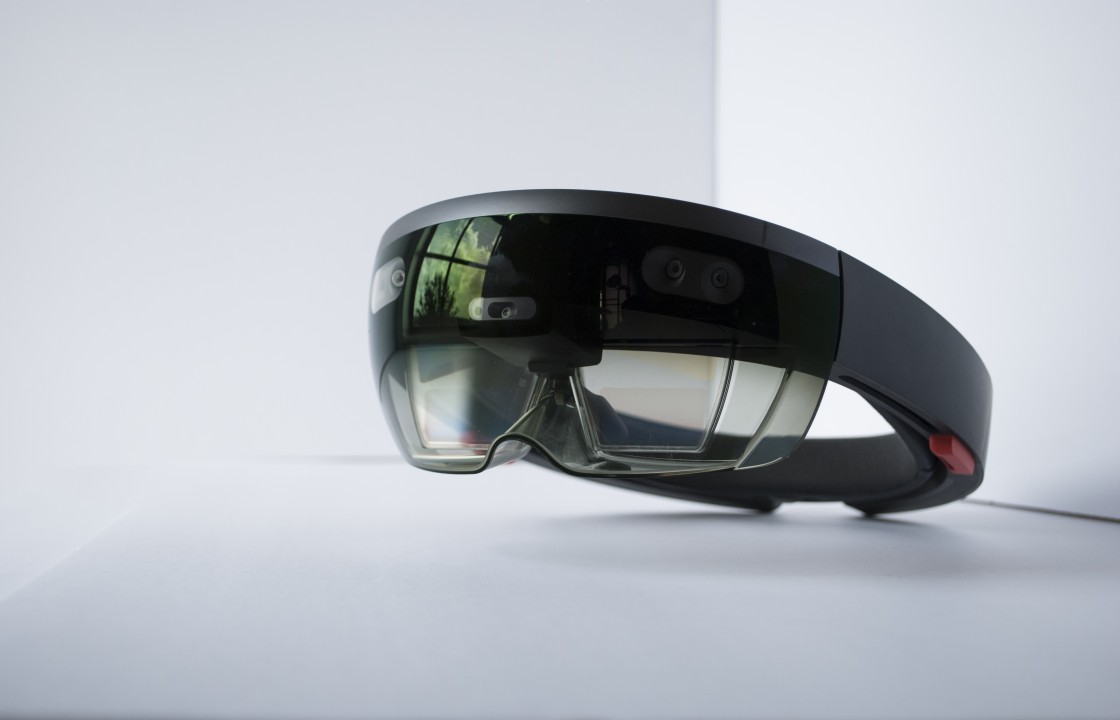There are few topics as interesting in the virtual reality space as what VR and AR will look like in the future. These are some thoughts on the framework within which to think about how AR and VR will relate. In general, I think of VR as training and gaming where I can put the user in any world I want, whether that’s on a street corner or on Mars. I think of AR being used “in the field” for a super efficient visual data overlay as well as training on real physical objects like a car engine or even a cadaver.
As the technologies evolve, will they merge or become more distinct? Will hardware merge, offering both AR and VR or will hardware continue to remain largely separate? Some look at the pass-through camera on Quest and argue that the two are already merging. If hardware does merge, are there use cases where AR and VR are highly integrated?
If you look far enough out, anything is possible. Imagine a 12 year old playing cops and robbers in the woods behind their house where they are chasing virtual robbers they see through an AR headset (or contact lenses) and the NPC robbers can hide behind trees and jump over rocks. Great! But that’s all too far out to be within the scope of this discussion.
So what is highly integrated AR/VR? Does that mean the user is in the same application flipping back and forth between AR or VR? Or does it mean that it’s basically an AR world, but where large portions of the environment are virtual, not just characters or a few objects? Or does it mean that the user runs a VR app and may follow up with an AR app? Finally, how does this break out across gaming, training and “in the field” use cases.
For gaming, I think VR only tightens its hold and that AR has little place here. Some will say that AR lends itself to multiplayer in-person gaming, but I think any advantage AR might have there today will disappear tomorrow as VR tracking, especially of the full body and of user-held objects, as well as custom mapping of physical spaces becomes better and less expensive. There’s just no reason to limit a gamer to the reality of their immediate environment.
Training will make use of both VR and AR, but lean heavily towards VR for the same reasons that VR will dominate gaming. There is little reason to limit a trainee to their physical space. If they need to work on an aircraft engine, do you have to take them to a hanger? But, there are two great uses for AR. The first is because of a current limitation of VR. VR still has a long way to go in terms of integrating tools into the virtual experience, both from a tracking and haptic feedback perspective. I worked with police, and thanks to Vive trackers we were able to integrate most of an officer’s force options from firearms to sprays, but handcuffs were close to impossible. Haptic feedback is also an issue. Imagine someone who needs to feel the resistance of a bolt they are tightening. Over time, VR will figure this out. But for now AR fills those needs.
The second use case for AR in training is the need to train as close to reality as possible. If a trainee works on a virtual plane engine in VR maybe that’s all they need, but I would say let’s move the user one step closer to reality and have them first train in VR and then use AR to have them work on a physical plane engine. It’s a fundamental advantage of AR that it brings the user as close to reality as possible.
Lastly, there is “in the field” and that might be on a battlefield, in a warehouse or at a stadium watching a football game. VR has little place here because the goal is not to represent a reality that isn’t there. It is to provide information about the reality that is present in the most efficient manner possible. This is AR’s domain and it will be interesting to see where it goes, especially over the long term. Maybe we’ll all have contact lenses or brain implants (that could apply to the VR side as well and then we’re in the Matrix looking for Neo – or just happily living out life), but AR is a very natural way for us to evolve our interface with machines and computers.
So while there will be some overlap, I believe the two technologies will remain distinct even if the hardware allows for both to co-exist and blend. But all this is about the future and the one thing about the future is the large chance that it will be very different from how we imagine it today.

Comments
One response to “AR vs VR: A Brief Framework”
Hi, this is a comment.
To get started with moderating, editing, and deleting comments, please visit the Comments screen in the dashboard.
Commenter avatars come from Gravatar.